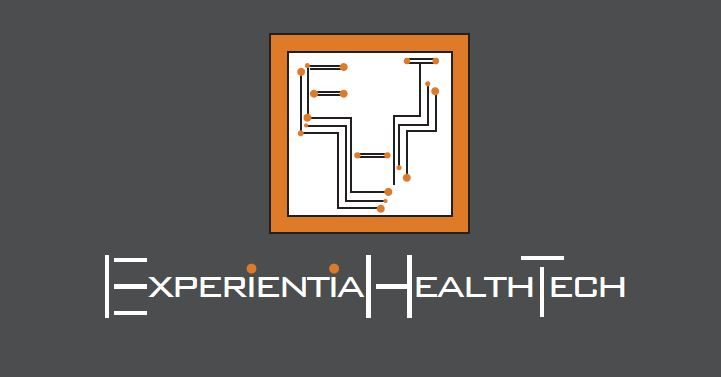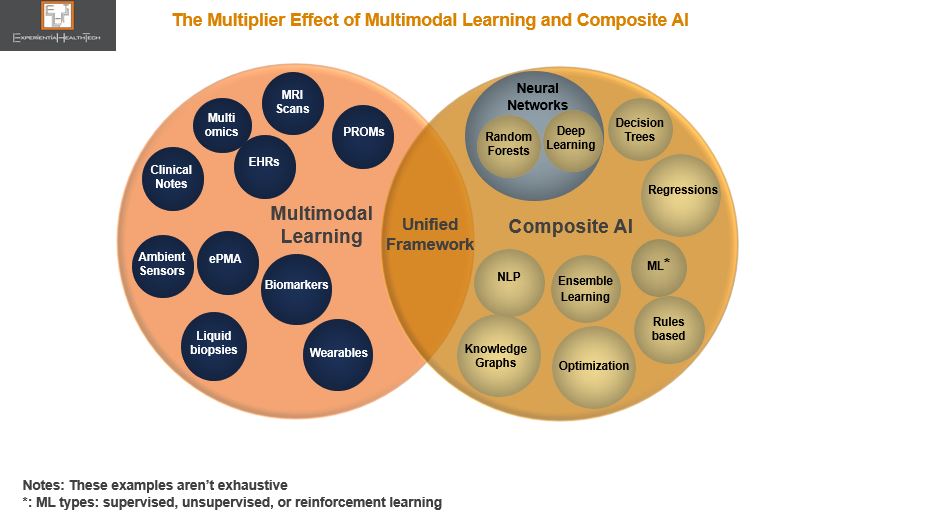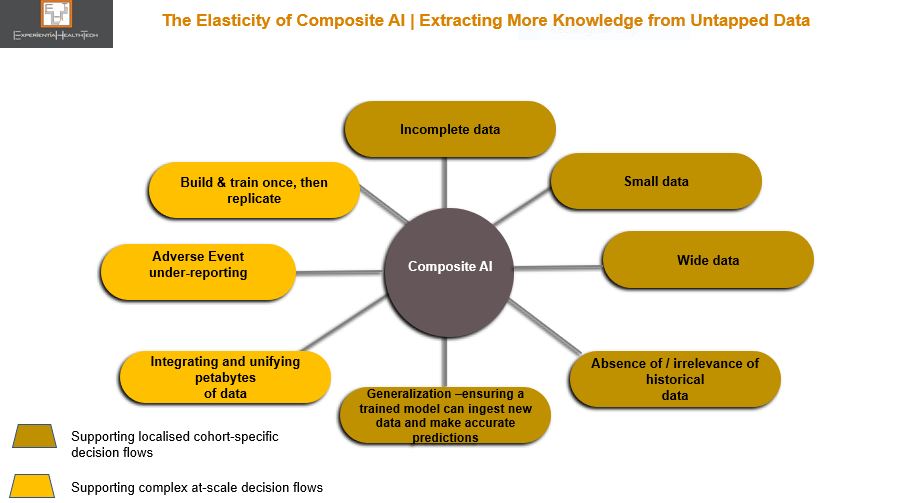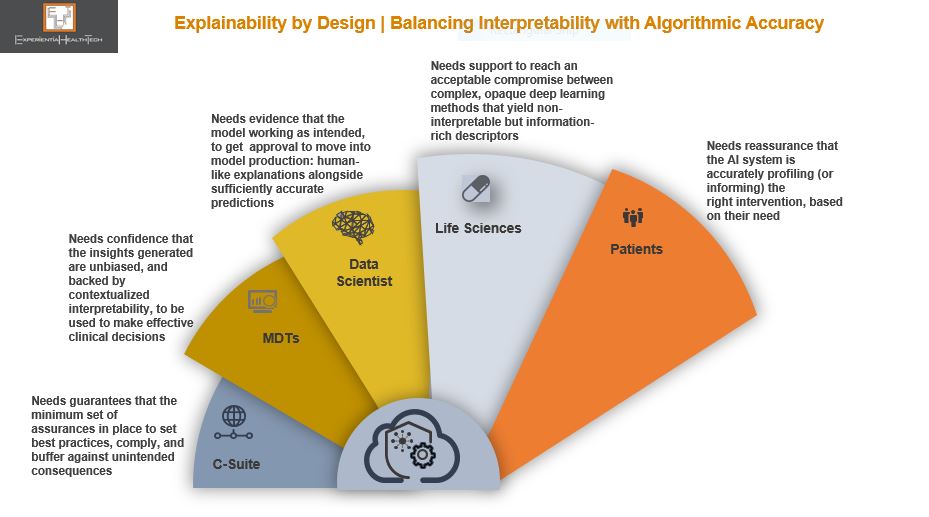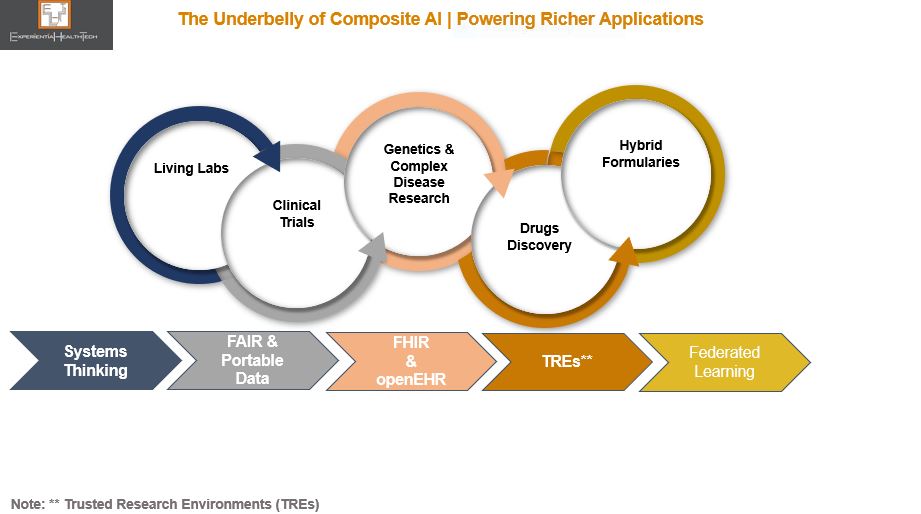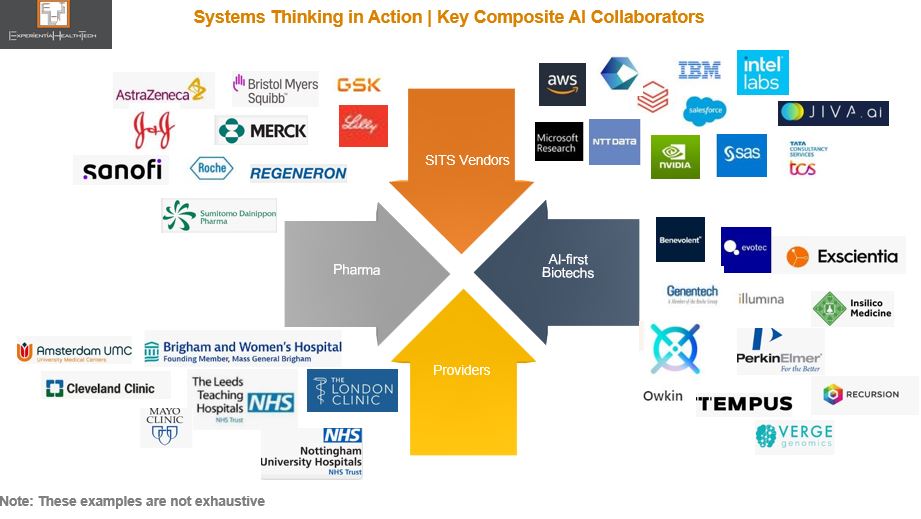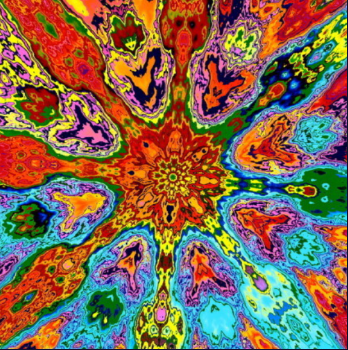With no end in sight to the tumult gripping markets, trying to ringfence global directional trends across Healthcare and Life Sciences (HLS) in 2023 is pointless. Scenario planning offers a comparatively better grounding than demand forecasts.
You may feel immune to the course corrections underway within tech innovation circles: the 5G underwhelm; wearables overload; metaverse retreats; SPAC cash crunches; Prescription digital therapeutics (PDTx ) hurdles; generative AI landing out of left field, igniting overnight euphoria.
So what, you say, we operate in the heritage end of the clinical spectrum. And since linear decisions about tech and digital procurement across HLS are atypical, our strategy remains sound enough overall to carry on. It may take longer, but we’ll get there.
You may end up wrong footed. Relying on a single customer base, however compelling your proposition, increasingly leaves you vulnerable to a ‘must win at all costs’ culture, blinkered to alternative routes to market.
The Need for Transformation Finally Dawns
Particularly since Q4 2022 we’ve seen a raft of strategic moves from across HLS: restructuring; C-Suite flush outs; portfolio reworks; unlikely partnerships.
More incumbent providers and life sciences organizations are finally acting on what they’ve known for some time: they cannot singlehandedly offer the end-to-end contexts patients need; and that they must commit to full throttle transformation, or risk disintermediation. For some, there is a lot at stake over the next 5-7 years in relation to R&D, next generation intervention, and commercialization.
In contrast, the pioneering health techs and retail pharmacy go from strength to strength. The strategic investments they committed to as far back as 10 years ago are delivering yet more new service lines, geared to precision.
We’re now seeing credible moves towards end-to-end services in multiple contexts. But this time around there is no competitive land grab. The successful disruptors are already finding ways to innovate with and from inside the HLS system, to work with incumbents to remove friction points.
Convergence Will Underpin The New World Order
And there’s more on the horizon. Convergence is the ultimate target outcome. I dedicated my 2022 predictions to the theme of convergence, underpinned by four interrelated themes:
Strategic Orchestration : Extending the multi-disciplinary and hybrid- capability model across secondary care and its adjacent sectors. This is now also impacting primary care
- The Power of One : Cross-functional teams need a common data infrastructure that aligns to their inter-operational evolution
- The Curated Experience : The dawn of truly targeted intervention and therapeutics
- Ecosystem 2.0 : The composable-principled ecosystem that can support Healthcare and Life Sciences to align, empower, and transform is only starting to emerge.
I believe that much of what’s currently playing out validates this new foundational model.
Scenario Planning In a Nutshell
Deciding where you (re)position gets more critical with each passing year, as buying power shifts, different services skills are sought, and managed contracts face greater scrutiny.
By considering a range of plausible (but not certain) scenarios, based on market signals of varying strength, you create space for your teams to craft future states, both positive and negative.
Interpreting The Signals
By example, the four future scenarios to 2030 outlined below are framed within two axes: appetite for convergence and AI maturity level – which I see as wholly aligned. Underpinning these are 64 variables.
As we move towards greater convergence, no single HLS sector dominates. Here, the HLS actors evolve beyond their core position, to assume different roles within new configurations:
- Acting as a leader in one scenario
- Acting as a new partner in another scenario
In fact, within three of these scenarios, there are HLS companies that are outperforming the incumbents.
A growing shift in mindset is resulting in more incumbent leader viewing convergence as a way to remove the burden of innovation from their shoulders, and a strategic accelerant to Transformation.
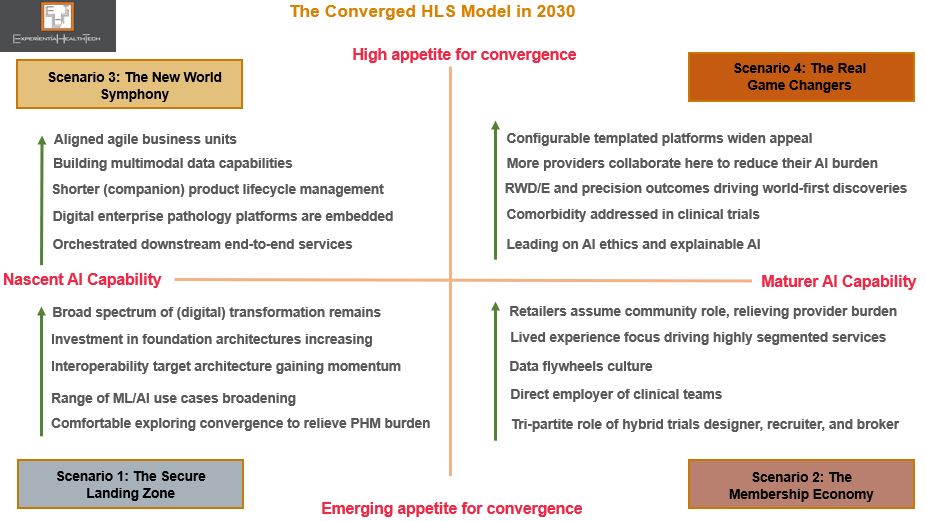
Here’s some further detail on each scenario.
The Secure Landing Zone
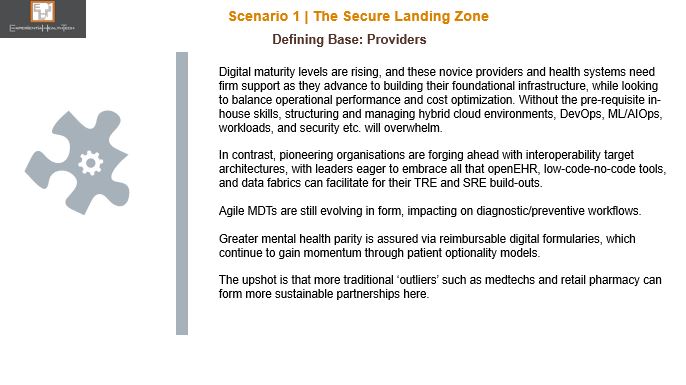
The Membership Economy
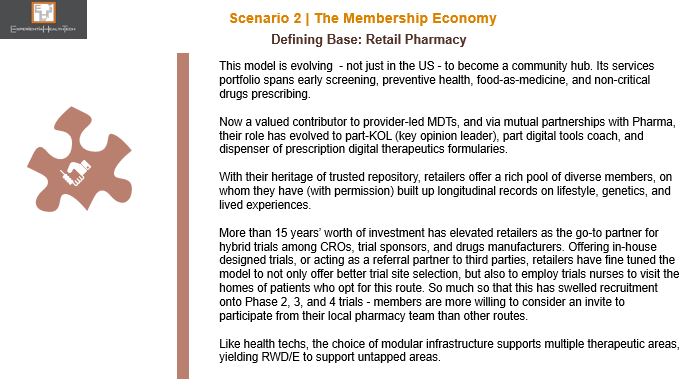
The New World Symphony
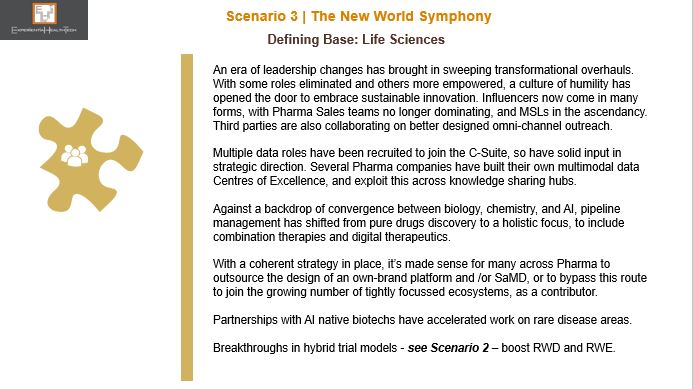
The Real Game Changers

Scenarios will help your teams not only to assess the strength of your position within each future state, but also to validate, flag up, and steer what you do next in response.
I hope this proves useful. In future posts, I’ll highlight strong exemplars.
If you have any questions or would like to explore further, feel free to reach put to me.
